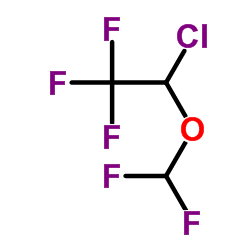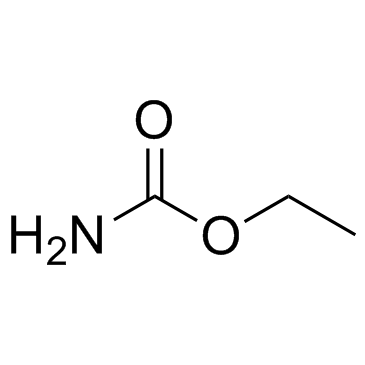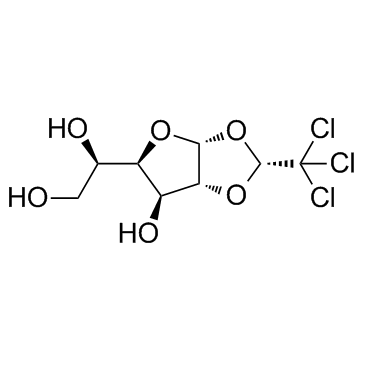| Structure | Name/CAS No. | Articles |
|---|---|---|
 |
Isoflurane
CAS:26675-46-7 |
|
 |
Urethane
CAS:51-79-6 |
|
 |
Chloralose
CAS:15879-93-3 |